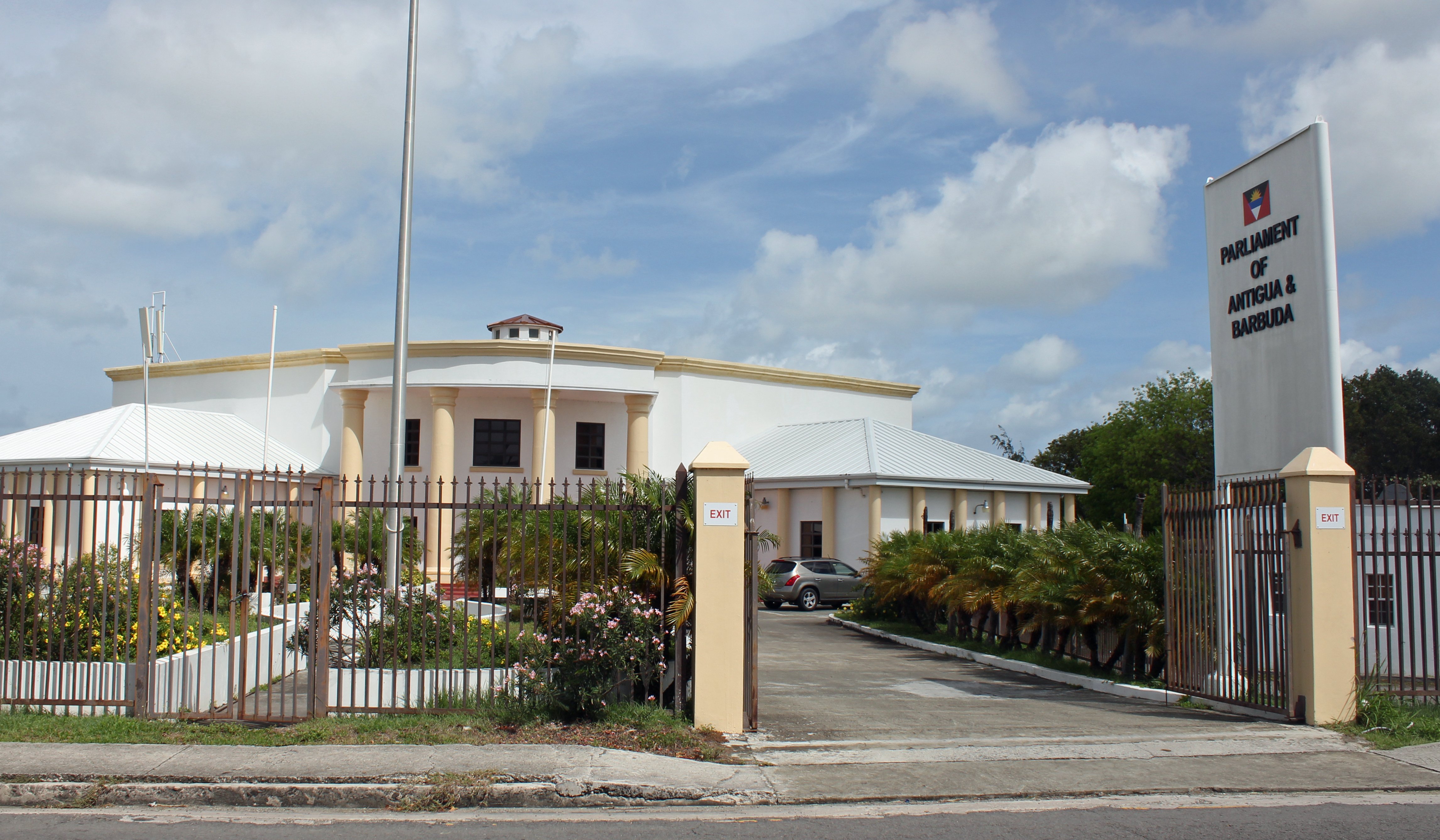🇦🇬map Antigua And Barbuda [Overview]

Antigua and Barbuda, known locally as Antigua y Barbuda in Spanish-speaking circles throughout the Caribbean, is a twin-island nation in the eastern Caribbean Sea where the Atlantic meets the Lesser Antilles. It sits north of Guadeloupe and south of Saint Kitts and Nevis, with Antigua as the bustling hub and Barbuda offering quieter, wilder beaches. The population is small—just under one hundred thousand people—yet the islands punch far above their weight in regional culture and tourism. Sailors from around the world gather here each year, drawn by steady trade winds and protected harbors that once sheltered British fleets and now host international regattas.
This is an easy place to feel at home quickly. Daily life moves at a steady, friendly pace, and conversations drift between English and Caribbean patois at beach bars and markets. Cricket is a frequent topic, and you’ll see pick-up games on village greens. Despite its modest size, Antigua has 365 beaches by local lore—one for each day of the year—so weekends often revolve around finding a new favorite cove or reef.
Economy
Antigua and Barbuda’s economy is driven primarily by services, especially tourism, hospitality, and related transportation. Many residents work in hotels, restaurants, yachting services, tour operations, and small businesses that support visitors—think dive shops, charter crews, and event services for sailing weeks and festivals. Construction, retail, and public administration also play visible roles, while agriculture and light manufacturing are smaller but present. Natural assets include the islands’ coastline, coral reefs, and steady winds that fuel both yachting and growing interest in renewable energy.
Connectivity is better than you might expect for a small archipelago. V.C. Bird International Airport in Antigua is a regional hub with flights to North America, Europe, and other Caribbean islands, and ferries and small planes link Antigua and Barbuda. The country participates in Caribbean regional organizations and maintains strong ties with its neighbors, which helps with trade and labor mobility across the region. For digital workers, broadband is available in urban areas and resort corridors, with mobile data widely used as a backup. Banking and financial services are established, and international visitors will find ATMs and card payments common in tourist zones.
Culture
English is the official language and the everyday medium in schools, business, and government, while Antiguan and Barbudan Creole (a Caribbean English-based dialect) adds warmth and rhythm to local conversations. Most people are of African descent, with communities of mixed heritage and smaller groups of European, Middle Eastern, and other Caribbean backgrounds. The islands’ history reflects Indigenous presence, European colonization, and the Atlantic world, with emancipation and later independence shaping a strong sense of identity and pride.
Sports and music are part of the social fabric. Cricket holds a special place, and you’ll hear soca, calypso, and steelpan at festivals and beach parties. Christianity is the predominant religion, represented by Anglican, Methodist, Moravian, Catholic, and Pentecostal congregations, alongside smaller faith communities. Major celebrations include Carnival in late July and early August, Independence Day in November, and sailing events like Antigua Sailing Week, which bring together locals, expatriates, and visitors for parades, concerts, and regattas. For newcomers, these gatherings are a welcoming way to meet people and understand the islands’ easygoing but proud spirit.
Maria
Maria is a bilingual travel writer and immigration consultant originally from Mexico City, with extensive
experience living and working across Latin America. She spent her early career as a journalist covering
cross-border migration and expatriate communities throughout Central and South America. Having personally
navigated complex visa processes in multiple countries including the United States and Spain,
Maria understands firsthand the challenges faced by Latin American professionals seeking international
opportunities.
Published: 2025-08-28